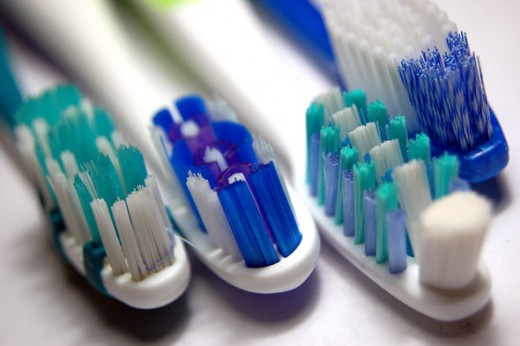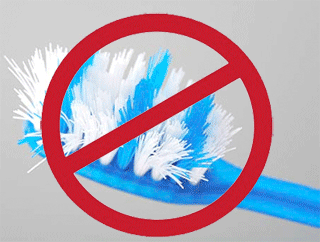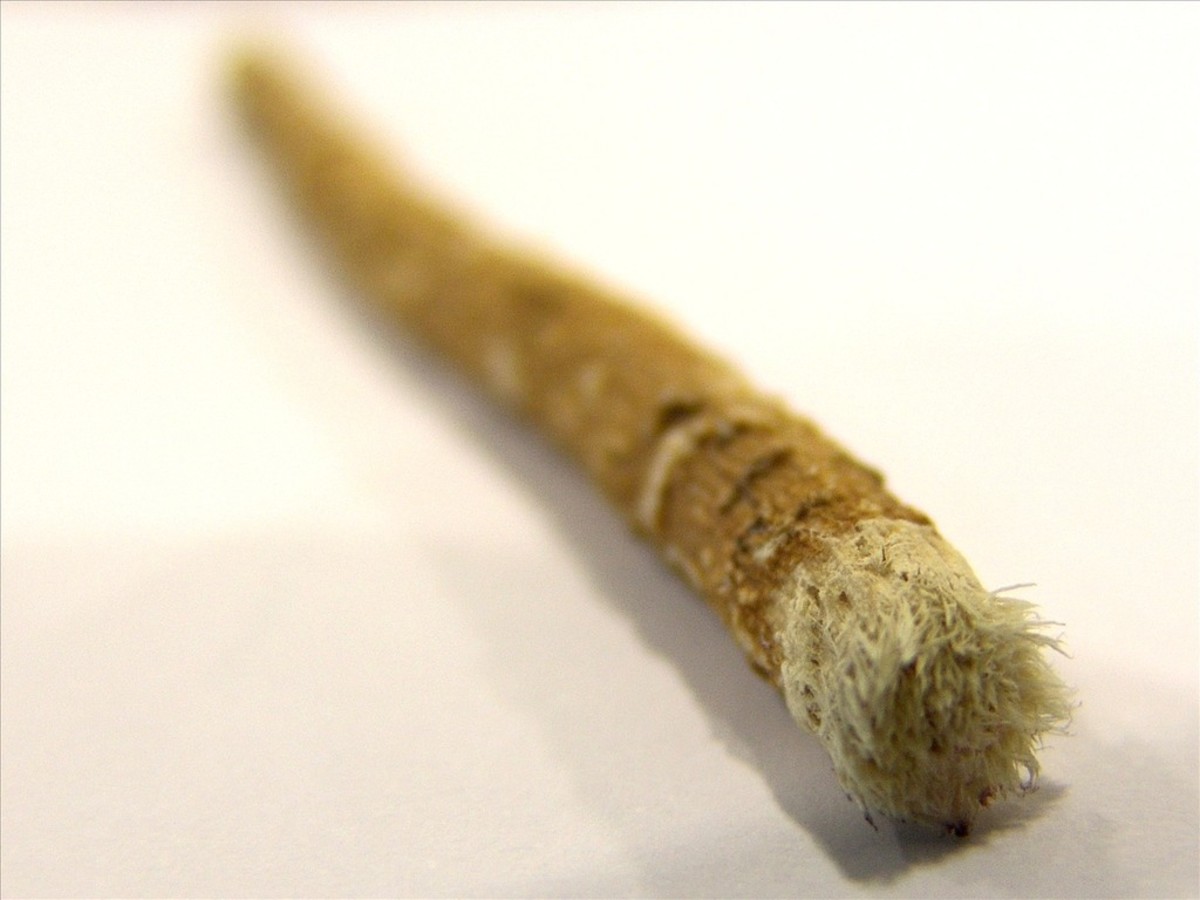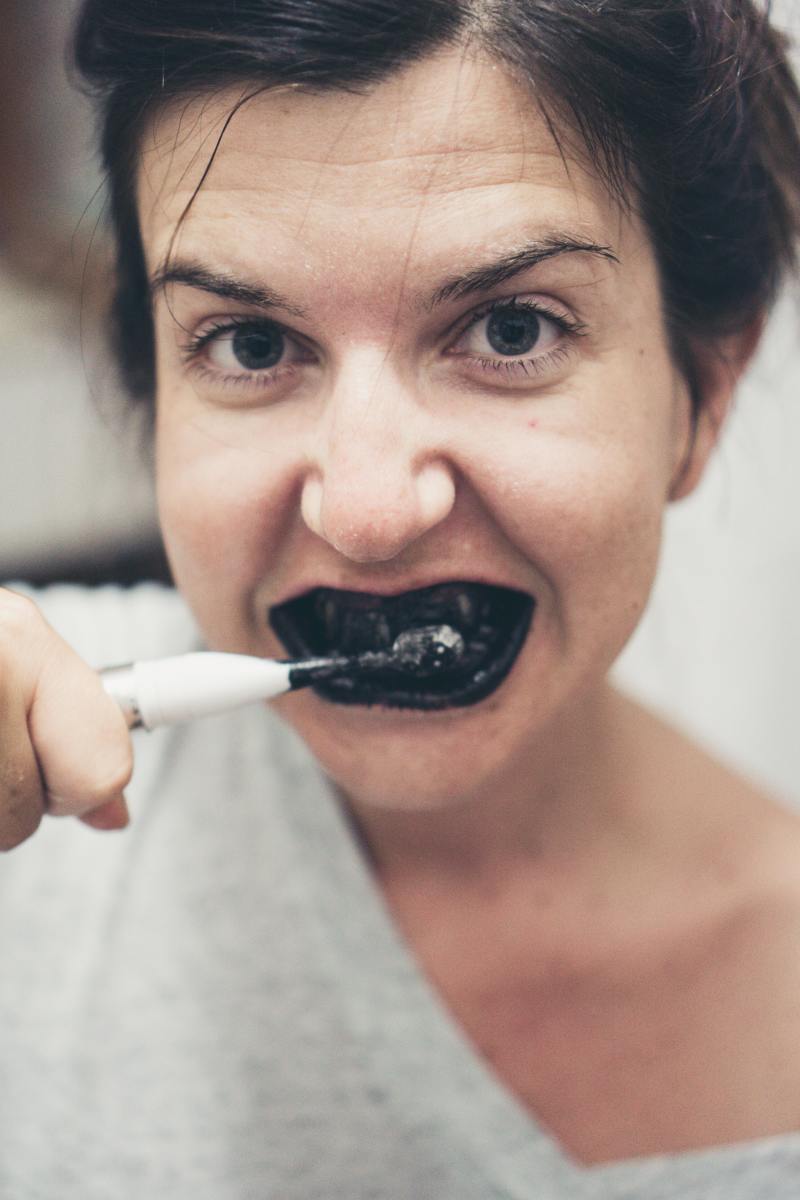Knowing When to Replace a Toothbrush

Most people don't really know when they should replace their toothbrush. In fact, according to Crest and the American Dental Association (ADA), 43% of people have no idea when to replace their toothbrush. For those who get regular dental cleanings with dentists who give them a toothbrush, sometimes this is the only time they replace their toothbrush. However, there are some guidelines and reasoning behind why this isn't always a good practice.
General Rule
As a general rule, toothbrushes should be replaced, at the most, every three months. However, some dentists suggest that you replace your toothbrush every month to ensure affective and thorough cleaning of your teeth and gums. Toothbrushes can wear out. Bristles which become distorted and overly used won't clean your teeth nearly as well as when the toothbrush was new. In fact, the effectiveness of brushing your teeth is diminished 30% than with a new toothbrush. Worn bristles can also damage the gum tissue. Sometimes the bristles wear down before the three months is up. This is why some people choose to replace their toothbrush monthly.
How often do you replace your toothbrush?

Children
Children's toothbrushes should be replaced more often than adults. Some children can wear down the bristles by chewing on them. This doesn't allow for effective brushing. As children are learning how to brush their teeth, they often do not brush with even strokes and this causes the toothbrush to wear down quicker.
Braces
People who have braces should also replace their toothbrushes before the three month mark. Braces can be harsh on the bristles of your toothbrush. Frayed, broken, or bent bristles will have minimal effectiveness when it comes to keeping your mouth clean.
Brand and Type
The brand and type of toothbrush you use also factors into when you should replace your toothbrush. Cheap, generic brands don't hold up as well as some of the other brands of toothbrushes on the market. With the economy in crisis, several people have switched to buying the cheaper brands for $1.00 to $2.00. However, how much money does it truly save if you have to replace the toothbrush more frequently?
How often do you clean and sanitized your toothbrush?
Cleaning Your Toothbrush
Toothbrushes are a breeding ground for germs, bacteria, and viruses. Anytime you or a member of your family has been sick, replacing the toothbrush should be one of your top priorities. Germs grow on your bristles and if a person has been sick, the chances are they run the risk of coming down sick again.
Some dentist suggest regular cleaning of your toothbrush. This could be every week to several times a week. Dr. Po Po Chui, a dentist in Brookline, Massachusetts, suggests that the best way to clean a toothbrush is by soaking it in hydrogen peroxide, microwaving it, or soaking it in mouthwash.
You could also invest in a UV sanitizer for your toothbrushes. There are many varieties available, including wall mounted toothbrush holders. With all of the germs that lurk in the bathroom, especially after flushing the toilet, this is one of the best options for keeping your toothbrush sanitized.
Speaking of flushing the toilet, another thing to consider when determining how often you should replace your toothbrush, is whether you flush your toilet with or without the seat up. How does this affect your toothbrush? Well, every time you or someone else flushes the toilet, germs fly into the air. In most households, the toilet is in close proximity to the sink where most people store their toothbrush. As germs fly into the air, chances are they will make their way to your toothbrush. It is wise to limit the exposure by flushing with the lid closed and storing the toothbrush in a cabinet or bathroom closet.
The American Dental Association (ADA) recommends that people do not use toothbrush caps or containers, normally used for travel, on a daily basis. This is because the cap or container will lock in the moisture from your toothbrush, thus making it a breeding ground for bacteria.
Taking care of your teeth and gums is just as important as taking care of the rest of your body. The condition of your toothbrush is a key factor in taking care of health of your teeth and gums. So knowing when to replace your toothbrush depends on a variety of factors but the general rule is every three months or less.
© 2014 L. Sarhan






